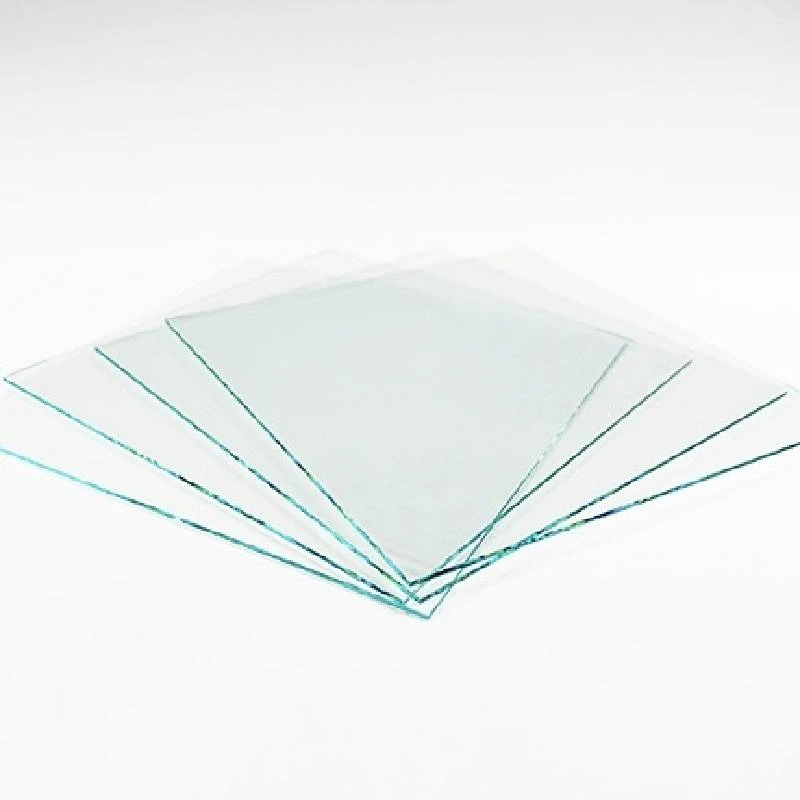

Low-E Toughened Glass Revolutionizing Energy Efficiency and Durability
In recent years, the demand for energy-efficient building materials has surged, leading to innovations in glazing technologies. One such innovation is low-emissivity (low-E) toughened glass, a product that combines energy efficiency with enhanced safety and durability. This article explores the characteristics, benefits, applications, and future of low-E toughened glass in the construction and architectural sectors.
Understanding Low-E Glass
Low-E glass is coated with a thin, transparent layer of metallic oxides that significantly reduce the amount of infrared and ultraviolet light that can pass through the glass without compromising visible light. The low-E refers specifically to the low emissivity of this type of glass, which means it reflects heat rather than allowing it to enter. This property is particularly beneficial in regions with extreme climates, as it helps maintain indoor temperatures, reducing the reliance on heating and cooling systems.
The Toughened Glass Factor
Toughened glass, also known as tempered glass, is treated through a heating and cooling process that makes it much stronger than standard glass. This process increases its resistance to impact and thermal stress, making it an ideal choice for safety-oriented applications. When broken, toughened glass shatters into small, blunt pieces, minimizing the risk of injury. The combination of low-E coating and toughening processes results in a product that is not only energy efficient but also safe and durable.
Benefits of Low-E Toughened Glass
1. Energy Efficiency One of the most significant advantages of low-E toughened glass is its ability to improve a building's energy efficiency. By minimizing heat transfer, this glass helps to maintain comfortable indoor temperatures regardless of external conditions. This can lead to substantial reductions in energy bills and a lower carbon footprint.
2. UV Protection The low-E coating also blocks a significant amount of UV radiation, protecting interior furnishings, fabrics, and artwork from fading and deterioration over time. This is particularly beneficial for residential spaces as well as museums and galleries.
3. Safety and Durability The toughened nature of the glass ensures that it can withstand impacts and extreme weather conditions, making it suitable for a wide range of applications, including facades, windows, and glass doors. Its ability to break safely further enhances its appeal in both residential and commercial settings.

4. Condensation Control Low-E glass can help minimize condensation build-up due to its thermal insulation properties. This is particularly useful in climates where temperature fluctuations can lead to excessive moisture accumulation, promoting mold growth and structural damage.
5. Aesthetic Appeal Available in various finishes and hues, low-E toughened glass can enhance the aesthetic appeal of any building. Its ability to permit ample natural light while controlling temperature contributes to a more pleasant indoor environment.
Applications
Low-E toughened glass is widely used in various sectors, including residential, commercial, and industrial projects. In residential buildings, it is commonly employed in windows, sliding doors, and skylights to enhance energy efficiency while providing natural lighting. In commercial architecture, its strength makes it a favored choice for high-rise buildings, storefronts, and curtain walls. The combination of safety and energy efficiency positions low-E toughened glass as an ideal option for green building certifications, such as LEED (Leadership in Energy and Environmental Design).
The Future of Low-E Toughened Glass
As global awareness of environmental issues increases, the demand for sustainable building materials will likely continue to rise. Low-E toughened glass is poised to play a significant role in this transition, evolving in both technology and applications. Innovations in coatings and manufacturing processes may enhance its properties, making it even more energy-efficient and versatile.
Furthermore, as smart technologies become integrated into building design, the potential for low-E toughened glass to incorporate features such as solar control and dynamic glazing (which changes shade based on sunlight exposure) could redefine how we approach energy efficiency in architecture.
Conclusion
Low-E toughened glass stands at the intersection of safety, durability, and energy efficiency, making it a vital component in modern architecture. As we continue to prioritize sustainable practices and seek innovative solutions to combat climate change, this dual-purpose glass will play a critical role in creating more efficient, comfortable, and appealing living and working spaces. Embracing low-E toughened glass not only aligns with environmental goals but also enhances the quality of life in the buildings we inhabit.